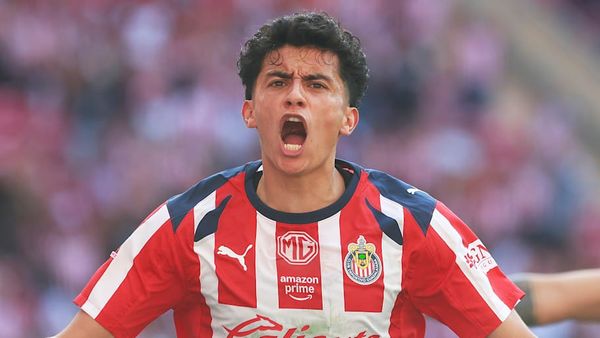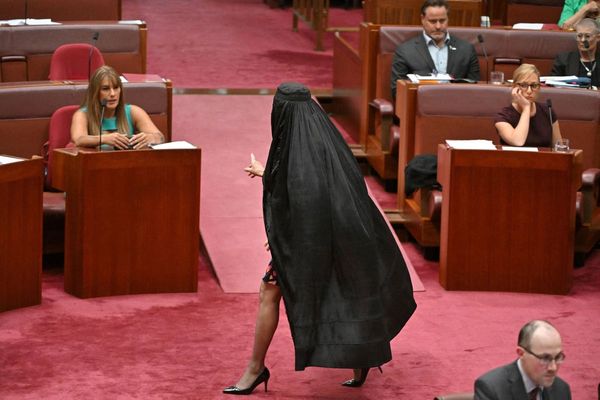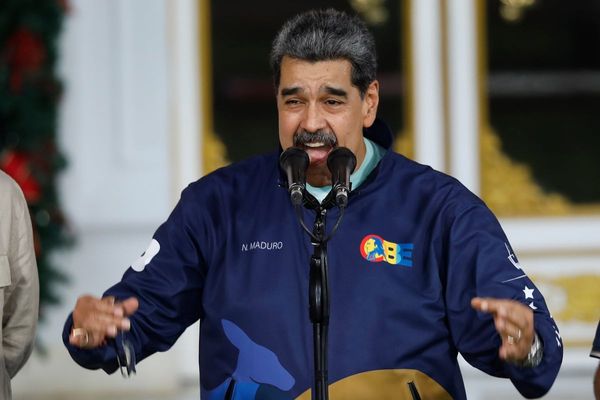The US and Ukraine praised the first round of consultations in Geneva on Sunday, calling the much-anticipated talks “productive”.
Both sides said they have drafted an "updated and refined peace framework" for moving forward.
What is in this framework? How much has changed between the initial plan, reportedly drafted by Washington and Moscow, and the one amended first by the European Union and then by the US and Ukrainian delegation in Geneva?
What has changed?
Over the weekend, the EU reportedly issued a counterproposal to the initial US-Russia framework, whose leaked contents were seen as favouring Moscow.
The leaked EU plan includes major adjustments, including Ukraine's military capped at 800,000 troops in peacetime rather than 600,000 at any time in the initially proposed plan.
There is also a significant change regarding Kyiv’s NATO aspirations. Ukraine's joining NATO requires consensus among the alliance's members, rather than NATO committing not to accept Ukraine. Notably, there is also a point about NATO troops not being stationed on Ukrainian territory under its command, but only in peacetime.
One of the most critical aspects for Kyiv is the Russian-occupied territories of Ukraine.
The leaked EU-led proposal drops the recognition of the temporarily occupied territories of Ukraine, which was included in the initial US-Russia framework.
The lands in question include Ukraine’s Luhansk and Donetsk regions, which make up the Donbas.
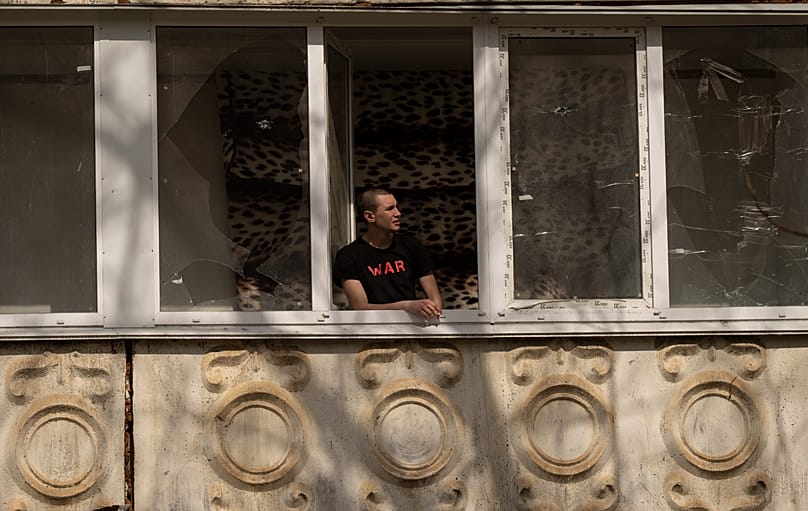
The counterproposal also calls for Washington-baked security guarantees, which would mirror NATO's Article 5.
NATO's Article 5 is a defining feature of the alliance, which, when invoked, considers an attack on one member an attack on all members.
Most importantly, the leaked EU-led counterproposal brings back the principle of “ceasefire first” – the position Ukraine has been insisting upon since the very beginning.
All the "negotiations on territorial swaps will start from the line of contact.”
Moscow has opposed this approach whenever it was proposed by Ukraine and its Western allies, including the US.
After the Alaska summit with his Russian counterpart Vladimir Putin in August, US President Donald Trump expressed his support for establishing a ceasefire at the current contact line before any talks between Kyiv and Moscow would go on.
Would Russia agree to the amended plan?
Several Ukrainian concessions are retained in the Brussels-led counterproposal, including allowing Russia to rejoin the G7, which used to include Russia before Moscow unilaterally annexed Crimea in 2014.
It also includes sanctions relief for Russia, which would be “discussed and agreed upon in phases”, although on a “case-by-case basis”.
Europe's leaked counterproposal reportedly calls for the Zaporizhzhia nuclear power plant to fall under international control, with electricity produced divided between Ukraine and Russia.
But it is the territorial concession that Russia has been insisting upon.
Once agreed between the US and Ukraine, Washington will have to communicate the adjusted proposal to the Kremlin.
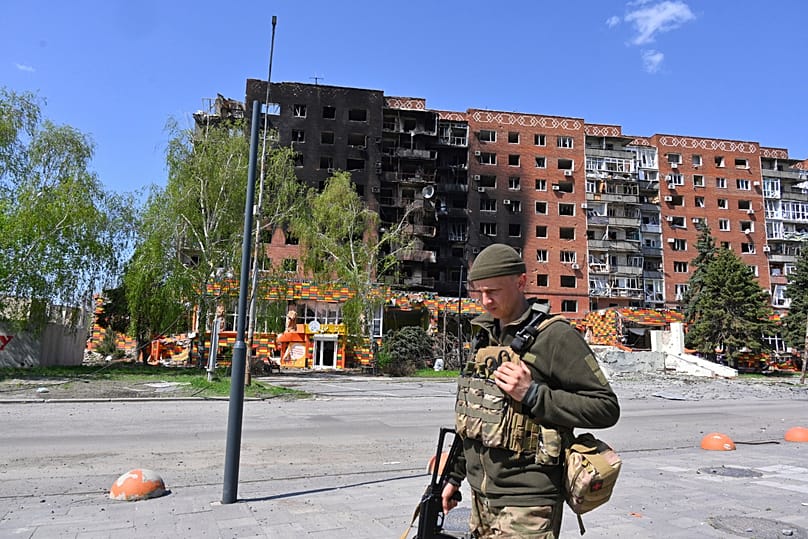
Two aspects of the new draft framework will stand out and most probably block the process: the principle of the ceasefire before any negotiations and the recognition of the temporarily occupied territories of Ukraine.
Moscow renewed its assaults in Ukraine’s eastern Donbas region with the fiercest fighting in the area of Pokrovsk.
According to the US-based Institute for the Study of War think tank, even with the current pace of advances and massive resources commitment, Russian forces could seize the rest of the Donetsk region only by August 2027.
Apart from Eastern Ukraine, Russian troops are reinforcing their offensive operation in the Zaporizhzhia region in the south.
On top of that, Russia has significantly ramped up its aerial attacks against Ukraine, targeting specifically Ukraine’s civilian energy infrastructure for the cold winter.
What is the reaction in Moscow?
The Kremlin spokesperson Dmitry Peskov said Russia has not yet received the official text of a new proposal following the Geneva talks. Notably the Kremlin refers to it as an “American” plan, without mentioning Ukrainian or EU input.
According to Russian media outlets, the most essential points for Moscow as per the Kremlin-controlled media narrative were listed in the initial leaked framework and include Ukraine's refusal to join NATO and the alliance's commitment not to integrate Kyiv.
Also, Washington's and other countries' recognition of Russia's sovereignty over Russia-annexed Crimea and Donbas, and the withdrawal of Ukrainian forces from the occupied territories of the Donetsk region remain key asks from the Kremlin.

But even these maximalist demands have been criticised by officials in Russia and widely seen as not ‘demanding enough”.
Russian Deputy Foreign Minister Sergei Ryabkov stated on Saturday that Russia cannot deviate fromPutin’s stated demands at the Alaska summit in August and reiterated Russia’s commitment to achieving its “goals” in Moscow’s war against Ukraine.
Russian State Duma Defence Committee Deputy Chairperson Alexei Zhuravlev stated that the US peace plan aims to preserve a “threat on the Russian border,” likely referring to Ukraine’s existence as a sovereign state and Russia’s shared border with NATO members, such as Poland and the Baltic states.
